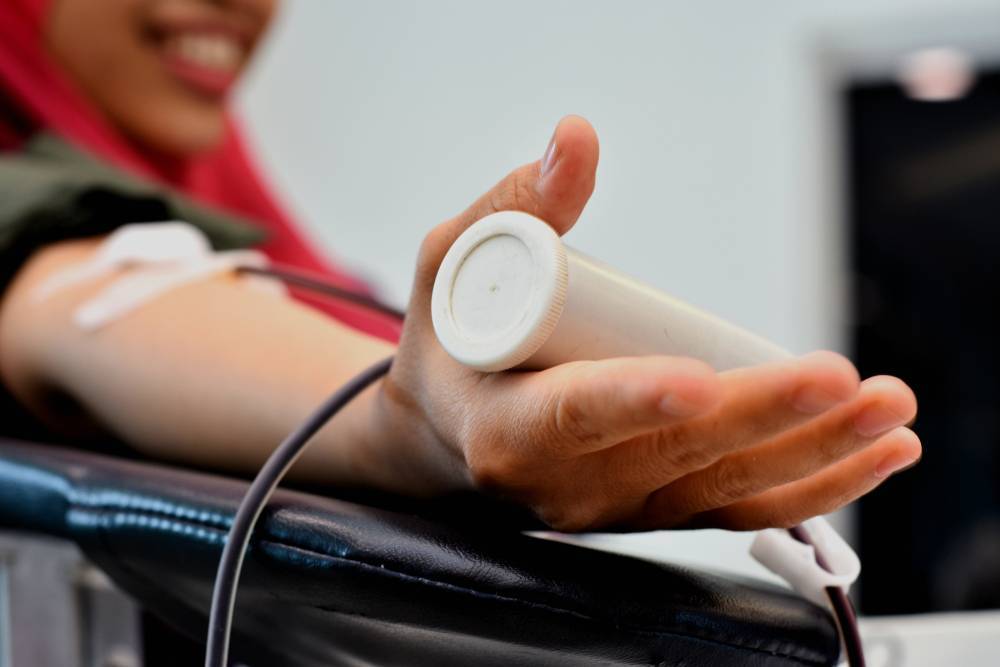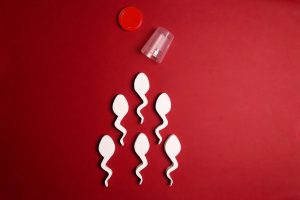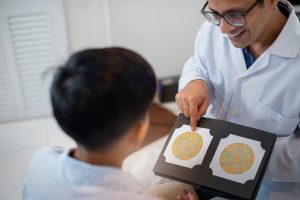Recent breakthroughs in enzymatic research have propelled the quest for universal donor blood significantly forward.
Scientists from the Technical University of Denmark (DTU) and Lund University in Sweden have made pivotal advancements in reducing the risks of adverse reactions during blood transfusions, potentially transforming global blood supply systems.
Enzymatic Breakthrough in Blood Compatibility
In a collaborative effort, researchers at DTU and Lund University have developed a cocktail of bacterial enzymes that can effectively remove antigens from the surface of red blood cells. These antigens are responsible for the life-threatening immune reactions that can occur when blood from incompatible groups is transfused. Published in Nature Microbiology, their findings reveal that these enzymes target the primary A and B antigens and additional carbohydrate extensions previously unrecognised in medical textbooks.
Historical Context and Progress
The journey toward universal donor blood isn’t new. It dates back to the early 1980s when the New York Blood Center first used α-galactosidase enzymes from coffee beans to alter B antigens to H antigens, which are present in O-type blood. Despite these efforts, complete compatibility between blood types remained elusive, primarily due to residual cross-reactivity.
The Current Advancement
The current research utilises enzymes from Akkermansia muciniphila. Akkermansia muciniphila is a bacterium that thrives on mucus in the gut, to prune problematic antigens off red blood cells. This approach strips the well-known A and B antigens and addresses four newly discovered antigens that contribute to cross-reactivity. This dual action—removing the primary antigens and their extensions—greatly enhances the compatibility of treated blood. This marks a significant step toward creating genuinely universal blood.
Implications for Blood Transfusion
The ability to convert type B blood into a universally acceptable form is now within reach, with an impressive 95% compatibility rate with group O plasma achieved in preliminary tests. However, the conversion process for the more complex group A blood still requires further refinement. Once perfected, this technology could drastically reduce the logistics and costs of maintaining diverse blood type inventories in blood banks.
Challenges and Future Directions
While the scientific community is optimistic, significant challenges remain. Biochemist Stephen Withers, from the University of British Columbia, highlights the lengthy process of safety studies that lie ahead. Regulatory bodies, including the US Food and Drug Administration, are still determining this groundbreaking technology’s appropriate classification and trial requirements.
Conclusion
The work by DTU and Lund University researchers represents a step towards solving one of transfusion medicine’s largest challenges: the safe and efficient universalisation of blood donation. As this research progresses towards clinical trials, the dream of universal donor blood could soon become a reality, ensuring that every drop counts in saving lives across the globe.














